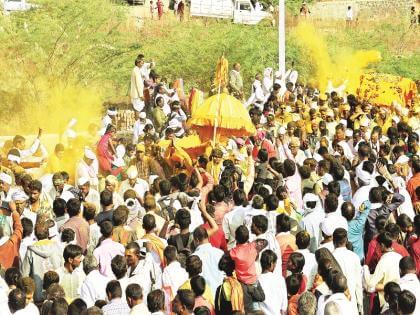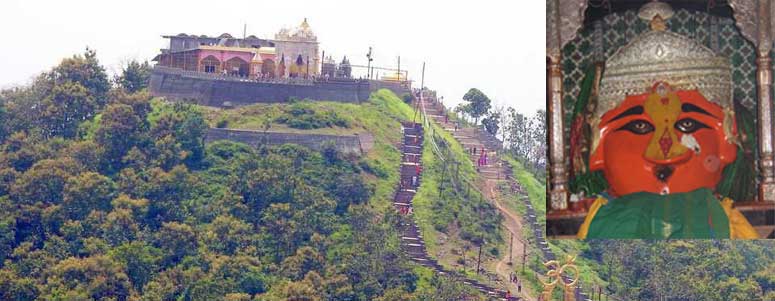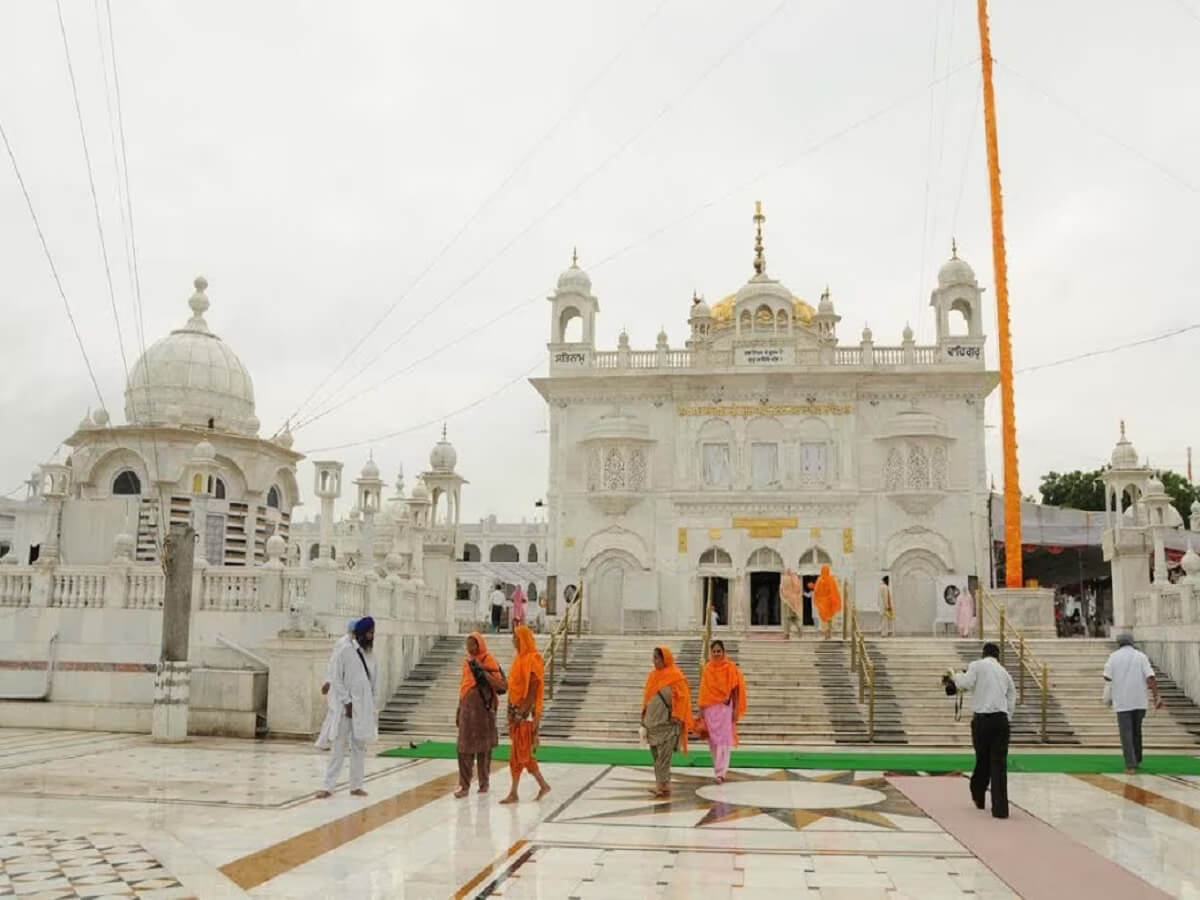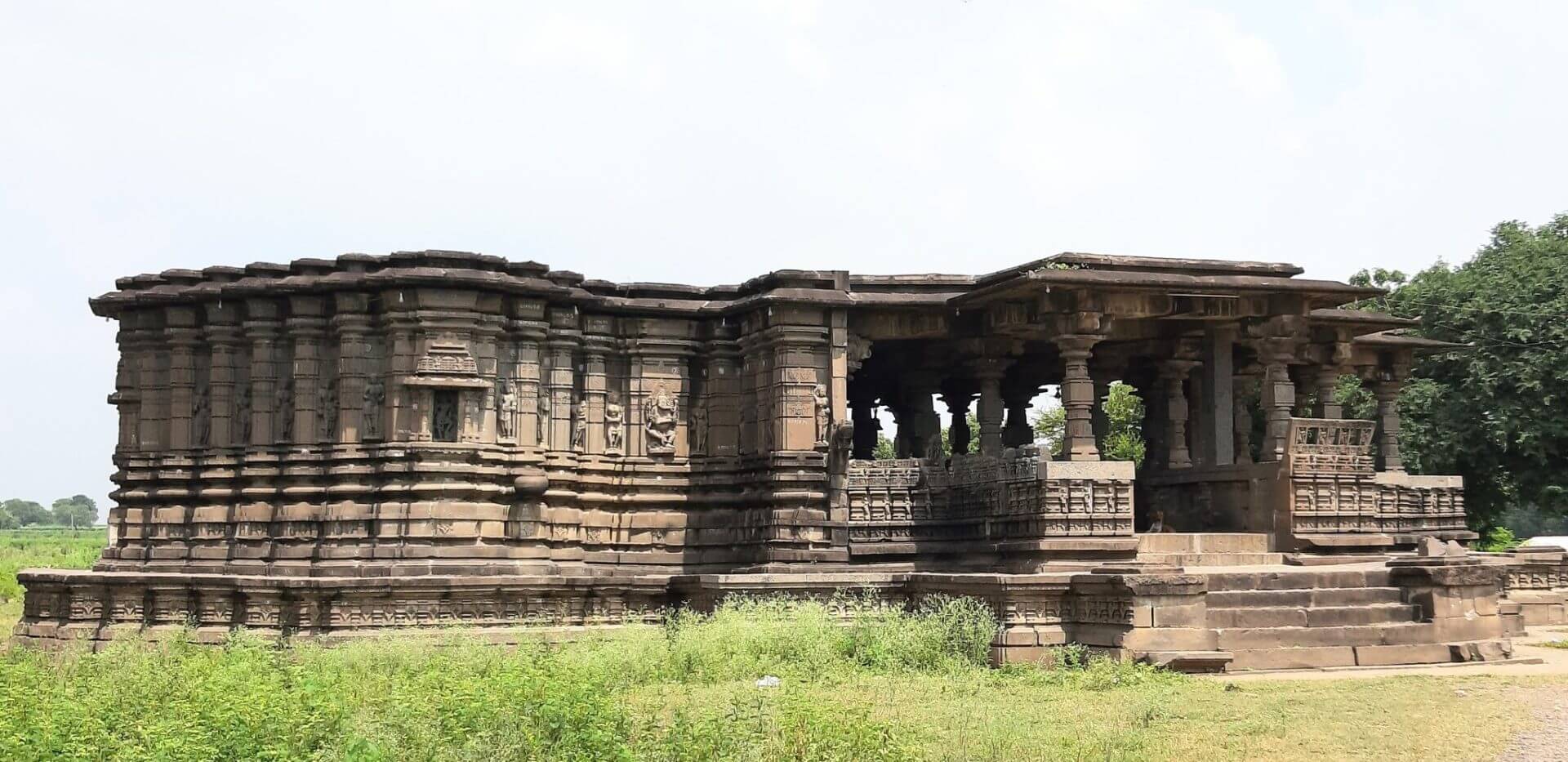Nanded
Introduction to Nanded District
Nanded sits in the southeast part of Maharashtra. Nanded ranks as Maharashtra’s runner-up biggest city and serves as the main hub for its district, nestled right by the Godavari River’s edge in Marathwada. It is famous as the second largest Sikh pilgrimage site after Amritsar, thanks to the “Gurudwara Hazur Sahib.” The historical monuments in Nanded reflect the rich cultural legacy. The Godavari River flows through the city, adding to its scenic beauty.
The city’s comprehensive educational institutions offer top-notch schooling and higher education opportunities. It’s a spot where the past meets progress. Visitors witness the region’s transformation while still experiencing the historical essence that serves as the heart of Nanded.
Historically significant, it was once part of the Nanda Dynasty and later came under the Mauryan Empire during the reign of Emperor Ashoka. The city holds immense religious importance, particularly for Sikhs, as it is home to Hazur Sahib, one of the five Takhts of Sikhism and the cremation site of Guru Gobind Singh, the 10th Sikh Guru. Nanded is the second holiest city for Sikhs after Amritsar.
The district also features several prominent religious and historical landmarks, including the Renuka Devi Temple in Mahur (part of the Saade Teen Shaktipeeth), Mahurgarh Fort, and Kandhar Fort. The Kedarguda Temple and the ancient Shiva Temple at Gaitond further enrich its spiritual significance.
In addition to its historical and religious prominence, Nanded has evolved into a key commercial center, with industries largely focused on agriculture and steel furniture manufacturing. The city’s cultural diversity is reflected in its multilingual population, with Marathi, Urdu, Hindi, Lambadi, and Telugu widely spoken.
The Rich History
Nanded, an ancient city in Maharashtra’s Marathwada region, boasts a rich and diverse history that spans centuries. Initially, it was under the rule of the Nanda Dynasty during the 4th and 5th centuries and later became part of the Mauryan Empire under Emperor Ashoka. The historical significance of Nanded is further underscored by its mention in Lilacharitra, a 700-year-old treatise by Mhaimbhatta, which highlights its ancient irrigation practices.
The name “Nanded” has various origins steeped in mythology and history. It is believed to have derived from “Nandi Tat,” the place where Nandi, Lord Shiva’s vahan (mount), performed penance on the banks of the Godavari River. Another legend attributes the name to nine sages, or rishis, known as “Nand,” who meditated in the area. A third explanation connects the name to the boundary (tat) of the nine Nanda rulers of the Magadha Empire.
During the 17th century, Nanded came under the rule of Aurangzeb and served as the capital of the Telangana district. The city gained prominence in 1708 when Guru Gobind Singh, the 10th Sikh Guru, made it his permanent abode. Before his death, Guru Gobind Singh declared the Guru Granth Sahib as the eternal Guru of Sikhism, establishing Nanded as a place of immense spiritual importance for Sikhs. The iconic Gurudwara Hazur Sahib was constructed in his honor at the site of his cremation.
Nanded became part of the Hyderabad Kingdom in 1725, following the Nizam’s rule over the Deccan. During India’s independence struggle, the city played a pivotal role in the Hyderabad Liberation Movement, a non-violent resistance led by Swami Ramanand Tirth. After India’s independence and the subsequent police action against Hyderabad State, Nanded became part of the bilingual Bombay State and later, with the creation of Maharashtra, integrated into its territory.
Top Tourist Attractions in Nanded
Nanded, a city abundant in historical and cultural heritage, presents a wide range of captivating destinations for visitors:
Religious Sites
- Takht Sri Hazur Sahib Gurudwara: This notable place of worship for Sikhs holds immense significance as one of the five Takhts. It commemorates the location where Guru Gobind Singh, the tenth Guru of Sikhism, spent his last days. The Gurudwara’s remarkable architectural design and serene atmosphere attract both devotees and tourists.
- Mahur is widely recognized as a sacred destination for pilgrims, housing the revered Renuka Devi Temple, which is esteemed as one of the prominent Shakti Peethas. With its establishment dating back approximately 900 years, the temple was built by a Yadava ruler hailing from Devgiri. Nestled amidst breathtaking natural surroundings, it holds immense importance for both devout followers and nature lovers alike.
- The Lord Siddheshwar Temple, situated in Hottal within the Degloor Taluka, is a place of devotion dedicated to Lord Shiva. This magnificent temple is crafted entirely out of stone, showcasing the exquisite architectural style that flourished during the Chalukyan era.
- The Masjid of Biloli, situated in the town of Biloli, was erected around 330 years ago as a tribute to Sarfaraz Khan, a distinguished soldier serving in Aurangzeb’s army. Constructed using stone, this mosque is characterized by its unique bell-shaped structure, boasting multiple minarets on both the northern and southern sides.
Forts
- Nanded Fort is located about 4 km away from the railway station and is surrounded by the Godavari River on three sides. The fort is enveloped by abundant vegetation, creating a picturesque setting. Inside the fort walls, there is a captivating garden that adds to its scenic beauty.
- Kandhar Fort, situated in the center of Nanded, was constructed by Krishna III, king of the Rashtrakuta dynasty. The architectural design of the fort’s domes reflects the influence of the Ahmednagar period.
Nanded, with its rich historical, religious, and architectural heritage, offers a plethora of attractions that make it an enticing city to discover.
Best Time to Visit
To make the most of your trip, it’s essential to know the best time to visit Nanded. The ideal months are from November to March, when the weather is pleasant and the landscapes are lush and green.
| Best Time to Visit Nanded | Ideal Months | Weather Conditions | Recommendation |
| Best Time to Visit | November to March | Pleasant weather, lush and green landscapes | Ideal for sightseeing and outdoor activities |
Why Nanded Should Be on Your Travel Bucket List
The city is not only significant for its spiritual landmarks but also for its deep historical roots. Nanded’s connection to ancient dynasties such as the Nanda Dynasty and Mauryan Empire, as well as its role in India’s independence struggle, enriches the travel experience. The ancient Nanded Fort, the stunning Kandhar Fort, and the spiritual Mahur temples, including the revered Renuka Devi Temple, offer a glimpse into the region’s glorious past.
For a spiritually enriching and historically immersive experience, Nanded is an ideal destination. Whether you’re a history enthusiast, a spiritual traveler, or a nature lover, Nanded’s unique blend of cultural, architectural, and natural wonders makes it a must-visit location.
Travel Essentials
Here are the travel essentials one should know
Top Attractions
Discover the beauty and culture of Maharashtra through our curated experiences

Malegaon Yatra
Malegaon is situated in Loha Taluka. The village is famous for a very big fair held in honour of Lord Khandoba

Mahur Gadh
A pilgrim Centre of great significance. It is considered to be one of the Shaktipith of Maharashtra.

Sachkhand Gurudwara of Nanded
Takhat Sachkhand Shri Hazur Abchalnagar Sahib is the main Gurudwara of Nanded and is one of the five High seats of Authority of the sikhs

Hottal
"Hottal" is famous as the village that holds historical heritage in the Nanded district and was the sub-principality of the Chalukyas.

